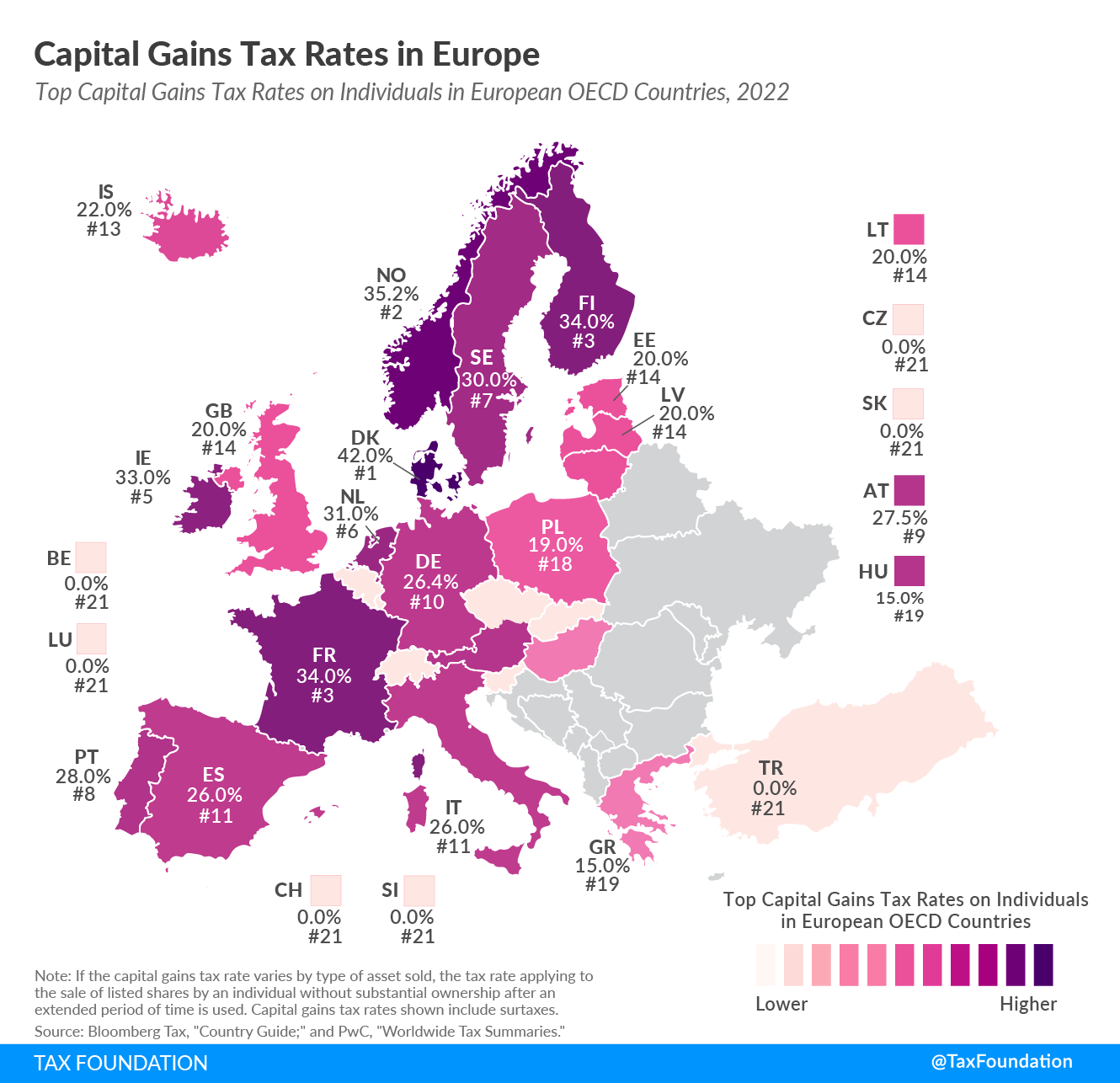Economist: Microsoft's Push into AI
ChatGPT-4 Summary:
Shift in Strategy
For years, Microsoft promoted its office software for office tasks such as writing reports and creating presentations. Now, Microsoft aims to automate these processes with AI.
Copilot - The AI Wizard: At its Redmond HQ, Microsoft showcased its latest AI tool, the “Copilot”. This chatbot can automatically summarize files, edit its summaries, answer questions about the content, find emails on specific topics, and even create PowerPoint presentations.
The Future: The capabilities of "generative" AI, like the one powering Copilot, have the potential to revolutionize desk jobs and signify Microsoft's future direction. Through its investment in OpenAI (known for ChatGPT, a famous AI chatbot), Microsoft is integrating advanced AI into its products.
Expanding Copilot's Reach: Microsoft plans to integrate the Copilot not only in its office software (now called "Microsoft 365") but also in Windows OS, enabling the system to modify settings, create images, and summarize web pages. The AI-driven feature will also find its way into Microsoft's sales software, HR tools, and even its search engine, Bing. Microsoft is, therefore, integrating AI across its product range.
The Business Implications
Potential Growth: Microsoft's AI-driven approach can significantly alter work for the billions of Microsoft 365 and Windows users. This could attract more customers, charge them higher rates, and even potentially direct more business towards Azure, Microsoft’s cloud business. Success here could allow Microsoft to surpass Amazon Web Services, increasing its valuation and possibly making it the world's most valuable firm, challenging Apple's current position.
Opportunity and Risk: The aggressive push towards AI signifies one of the most significant investments in the technology by any company. However, Microsoft's large capital expenditures, expected to rise sharply to cater to the AI tech and new data centers, is a gamble. While the potential benefits are massive, AI tools like Copilot still have issues to address. Moreover, tech giants, especially Alphabet (Google's parent), pose significant competition.
Historical Context: Microsoft dominated in the 1990s thanks to the Windows OS. However, a period of stagnation occurred before Satya Nadella took the reins in 2014, shifting the focus from Windows to Azure and the cloud. Nadella also opened up Microsoft software to other operating systems and invested heavily in AI, especially through partnerships with OpenAI.
Revenue Streams: Microsoft's growth now relies primarily on Azure, Microsoft 365, and cybersecurity, with the latter two accounting for about a quarter of its revenue each. Azure has been inching closer to AWS in market share. The firm also sees growth potential in its video-game sector, especially with the anticipated acquisition of game maker Activision Blizzard.
Advantages and Market Position
AI Integration Edge: Microsoft's suite of software products, combined with its early adoption of AI (thanks to its partnership with ChatGPT and OpenAI), places it ahead of competitors. Surveys indicate a preference among IT managers and startups for Microsoft's AI solutions over those of rivals like AWS or Google Cloud Platform.
Ecosystem Around OpenAI's GPT-4: Industry experts observe an ecosystem forming around OpenAI’s GPT-4 model, with consultants specializing in its tools and software vendors building tailored programs using OpenAI’s frameworks.
The article underscores Microsoft's strategic pivot to harness the power of AI in shaping the future of work and its bid to reclaim its position as the world's most valuable company.





